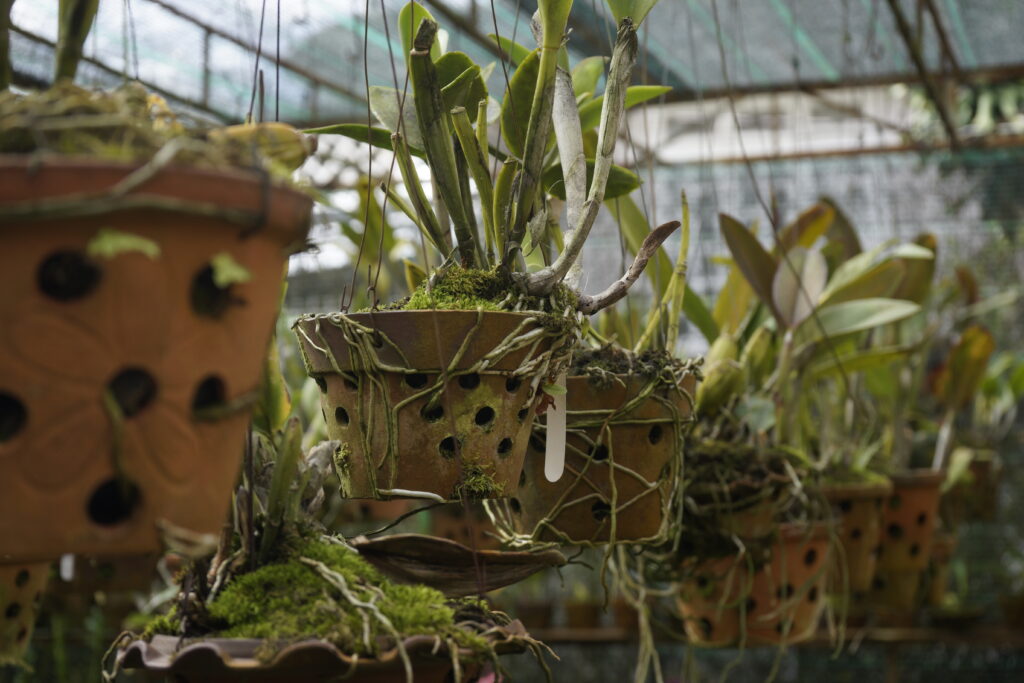- Biologists discover sounds from stressed out plants
- “When tomatoes are not stressed at all, they are very quiet”
- Plants interact with insects all the time

Much like us humans, plants communicate when they’re stressed out, as new research reveals, they emit tiny screams. Well, more like popping sounds.
Read more: Google.com mistakenly sold to man for $12
We’ve all chatted to plants, haven’t we? A little “there you go” as you give it some water or maybe an “ouch! you ****” after getting too close to a cactus plant.
But plants aren’t as passive as you might think. According to evolutionary biologist Lilach Hadany of Tel Aviv University in Israel, “Plants interact with insects and other animals all the time, and many of these organisms use sound for communication, so it would be very suboptimal for plants to not use sound at all”.
Read more: Man walks 450Km to cool off after fight with wife
In 2019, Hadany and her team discovered that plants can detect sound. Since then, they have been experimenting to see if our green friends can also produce it.
Plants make sounds when they’re stressed
The researchers first recorded healthy, unstressed plants to establish a baseline. They then turned their microphones on tobacco and tomato plants that were either severely dehydrated or had their stems cut.
Using ultra-sensitive equipment, they recorded the plants in two environments: a soundproof acoustic chamber and a standard greenhouse.
What they discovered was incredible: plants in distress emitted popping sounds, a bit like bubble wrap being popped. Healthier plants, on the other hand, didn’t make much noise at all – they were just chilling.
You can hear the stressed plants for yourself in the video below:
A single stressed plant can produce around 30 to 50 of these popping sounds every hour. As Hadany notes, “When tomatoes are not stressed at all, they are very quiet. What’s fascinating is that these sounds are at frequencies too high for human ears to detect.”
Algorithm trained to distinguish different sounds
Although the study initially focused on tomatoes and tobacco because they’re easy to grow, the researchers expanded their investigation.
“We found that many plants – corn, wheat, grape, and cactus plants, for example – emit sounds when they are stressed,” says Hadany.
The team demonstrated that an algorithm can be trained to identify and distinguish between different plant sounds. It makes you wonder – could we one day have a phone app that alerts us when our plant is desperate for a drink or a trim?
It’s entirely possible that other organisms are already tuned in. As Hadany explains, “For example, a moth that intends to lay eggs on a plant or an animal that intends to eat a plant could use the sounds to help guide their decision.”
The biologist added “We are currently investigating the responses of other organisms, both animals and plants, to these sounds, and we’re also exploring our ability to identify and interpret the sounds in completely natural environments.”
So next time you’re at a garden center, just imagine all the conversations happening – ones you’re not yet privy to.